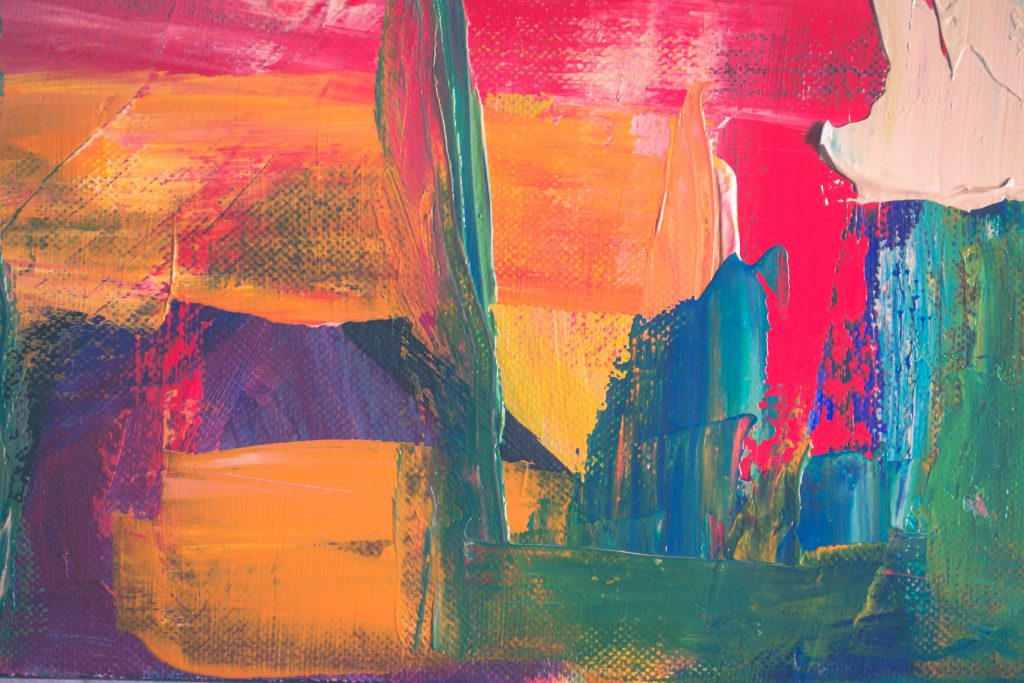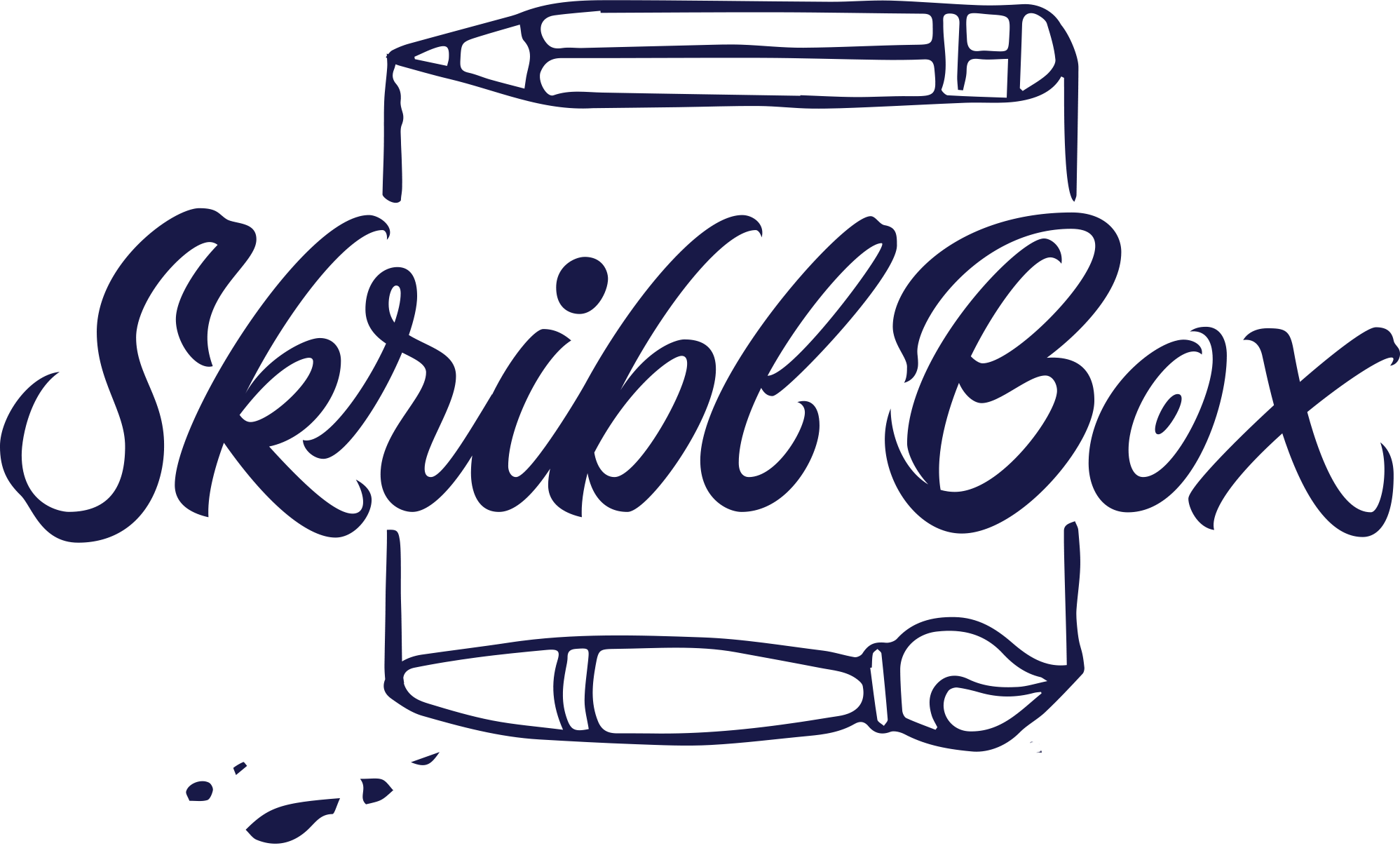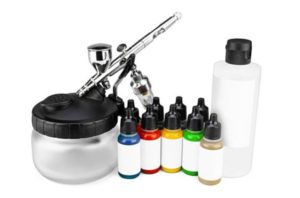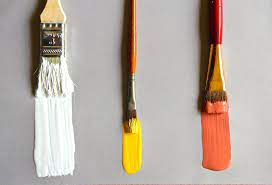
What Research Says About Oil Paint
What is Oil Painting?
A painting technique using pigments suspended in drying oils is known as oil painting or painting in oil paint. It is exceptional for the ease with which you may accomplish toned or colour fusion among fluid painting mediums. At the same time, satisfying linear treatment and crisp effects are easy to generate. Its range includes opaque, transparent, and translucent painting unmatchable in textural variety.
Artists’ oil colour are created by combining dry powder pigments with chosen refined linseed oil to form a stiff paste, ground in steel roller mills using intense friction. The colour’s uniformity is crucial.
The ideal oil color should be buttery, smooth, and not stringy, lengthy, or tacky. One should use it with a liquid painting medium, such as pure gum turpentine, when the artist wants oil colour to have a more fluid or mobile quality. A siccative, sometimes known as a liquid drier, is sometimes used to quicken the process of drying.
History of Oil Paints
The earliest oil paintings still in existence are Buddhist murals from Bamiyan, Afghanistan, which date back to around 650 A.D. The Bamiyan Buddhas, a collection of enormous statues hidden beneath which are halls and tunnels carved out of the rock, are a notable landmark in Bamiyan, a historical town on the Silk Road. These rooms include murals. The artworks make use of a variety of paints and materials, including a final varnish layer.
Most of the European Renaissance sources, including Vasari, mistakenly attribute the creation of oil paint to northern European painters of the 15th century, specifically Jan van Eyck.
However, Theophilus (Roger of Helmarshausen), in his dissertation On Various Arts, published around 1125, explicitly outlines directions for oil-based painting. It was undoubtedly employed at this time to paint wood furnishings, carvings, and sculptures, possibly more so for outdoor use. When painted in oil-based media rather than conventional tempera paints, outdoor surfaces and surfaces like shields—both used in battles and hanging as decorations—were more resilient.
The time it required to complete a painting was significantly increased by Renaissance techniques, which employed numerous thin, nearly translucent coats or glazes, usually allowing each to dry completely before adding the next. These typically had a white underpainting or ground (commonly gesso coated with a primer) that allowed light to reflect through the layers. However, van Eyck and Robert Campin used a wet-on-wet technique in other areas, painting a second coat shortly after the first.
As there was no emphasis on the brushstrokes or texture of the painted surface, the first goal was to create a smooth surface, similar to the established tempera and fresco techniques.
Ingredients of Oil Paints
Linseed oil is among the main ingredients of oil paints. The actual linseed oil comes from flax seed, a typical fiber crop. The flax plant also produces linen that serves as a support for oil paintings. Many artists prefer cold-pressed oils made using modern methods that utilize heat or steam to generate refined oil variations with fewer contaminants.
Safflower oil, walnut oil, or poppy seed oil are occasionally employed for preparing lighter colours like white because they “yellow” less on drying than linseed oil. Linseed oil has the propensity to dry yellow and can change the oil paint colour.
Extraction Process
Occasionally, after extracting the oil, additives are added to change its chemical composition. It allows the paint to dry faster (if desired) or to have different gloss levels, similar to Laquin. Therefore, contemporary oil paintings may contain intricate chemical compositions, affecting properties like UV resistance.
To begin the procedure by hand, combine the paint pigment and linseed oil into a crumbly mess on a piece of glass or marble. The final step is to grind a little at a time using a glass Muller (a round, flat-bottomed glass instrument with a handgrip). Oil and pigment are “patiently” combined in a grinder to form a smooth, ultra-fine paste. The paste is then labeled and put into jars or metal paint tubes.
Characteristics of Good Oil Paint
- High-quality Ingredients in the Correct Proportion
A high pigment load in the correct proportion is crucial for guaranteeing that your paintings display rich, brilliant colors.
- Consistency and Texture
Make sure your paint is thick, creamy, and thoroughly blended. You don’t want lumps, a gritty texture, the oil to separate from the pigment, or any of those things. Your paint should lay evenly on the canvas, flowing across it, and completely covering it whether you use a brush or palette knife.
- Mixability
Make sure your paints mix properly and don’t get messy while doing so. They ought to maintain a high chroma level when combined.
- Drying Time
You need to be aware of how long it takes for your paint to dry.Oil paint hardens after absorbing oxygen. The required time for the oil paint color to dry completely will depend on its ingredients. If you do not provide enough drying time to the layers before applying another layer, cracking will occur.
- Permanent and Lightfast
You want to be sure that following exposure to light, your paint will maintain its original hue. You want your paint to have a vivid, brilliant color even after tinting it.
The calibre of the painting you’ll produce depends on your knowledge of and grasp of the properties of the oil paints you select. Depending on the outcomes you want, understanding how light interacts with your artwork and reflects is equally crucial. Underlayer glazes will shine when the light reflects off them as contrasted to heavier, opaque layers with a matte finish.
Final Thoughts
Oil painting is exciting. You can utilize these creamy, pigment-rich paints to produce beautiful artwork. The oil painting techniques used range from those of the Old Masters to more modern mixed media approaches with finishing in oils.
Consider what you want the spectator to see, the effects you want to produce, and how you want to leave your brushstrokes visible for a more artistic appearance as you prepare your next project.






